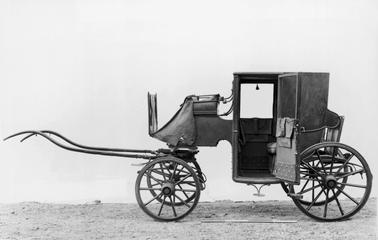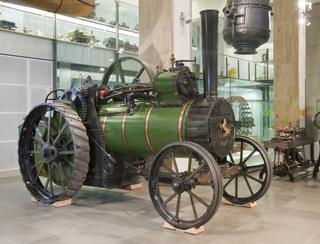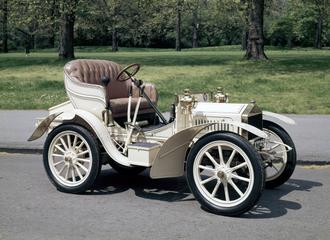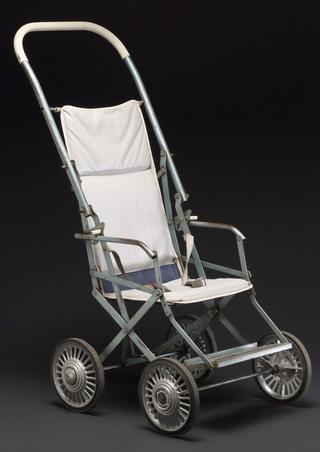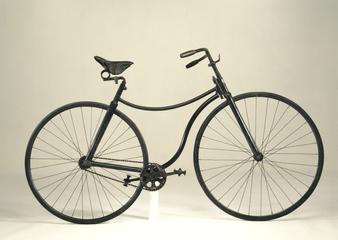
Sectioned Leyland 4-cylinder petrol engine, c 1928
- maker:
- Leyland Motors Limited
Sectioned 4-cylinder petrol engine, made by Leyland Motor Ltd for the 'Lion' bus, c. 1928. The overhead valve engine had a 4-inches bore (diameter for each cylinder) and 5½ inches stroke, giving a capacity of 5.1 litres.
This late 1920s engine, sectioned to show the inner workings, originally powered a Leyland Lion bus, one of the first type of Leyland-produced frames designed exclusively for bus bodywork. At the 1925 Commercial Motor Show, Leyland introduced a new range of single storey buses and coaches with featured chassis specifically designed as a passenger chassis, as previous bus designs had simply used a lorry chassis. The five new models were distinguished in the names of different animals having L as the initial letter. The most popular model was the Lion, with more than 2500 built by the end of 1928. The Leopard was larger than the Lion but fit with the same engine. The Lioness was similar to the Lion in design, but with a smaller engine. The Leviathan was the largest and most powerful of the new types, while the smallest was the Leveret.
This type of engine was fitted in both the Lion and the Leopard busses, while the Lioness and the Leveret busses had a smaller model of 3.96 litre.
Leyland Motors Limited was a British manufacturer of commercial vehicles, including bus and train. Founded as the Lancashire Steam Motor Company in the town of Leyland in North West England, changed name to Leyland Motors in 1907. It was later known as Leyland Motor Corporation.
Details
- Category:
- Road Transport
- Object Number:
- 1992-204
- Materials:
- metal (unknown), steel (metal), glass and plastic (unidentified)
- Measurements:
-
overall: 1600 mm x 1130 mm x 750 mm,
- type:
- engine
- credit:
- Sheffield Railwayana Auctions
